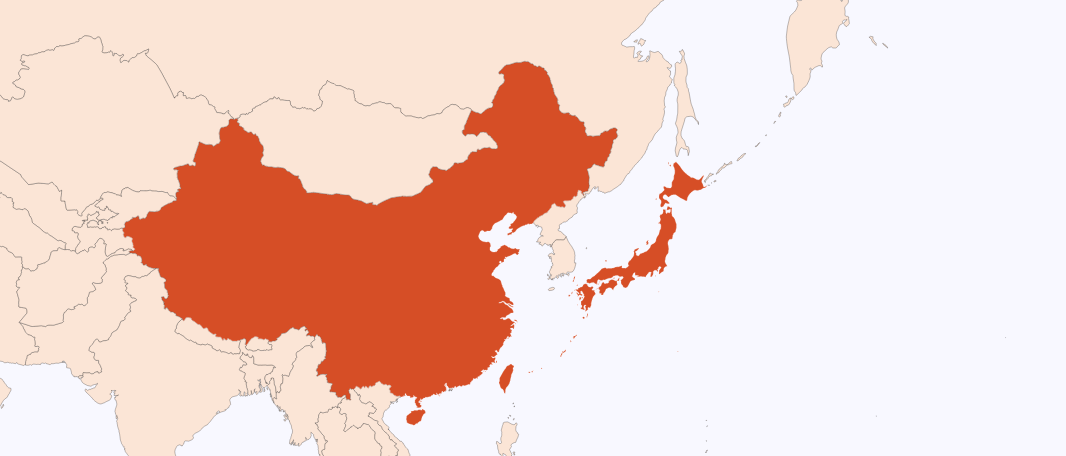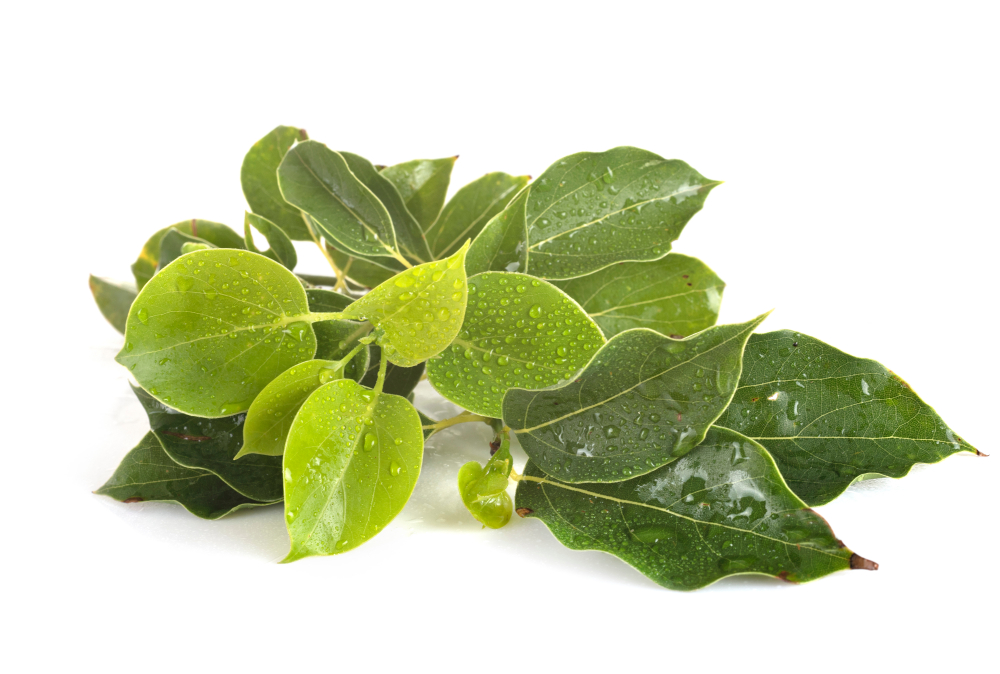| Company | Ingredient Name | ID | Comments | Naturality | Certifications | Purity | Latin name | Treated part | Geographical origin | MOQ |
|---|---|---|---|---|---|---|---|---|---|---|
|
|
Huile essentielle de Ravensara - 30 gr | - |
Visit website
|
- | - | - | - | - | - | |
|
|
RAVINTSARA | F2088 |
Visit website
|
Huile essentielle | - | Cinnamomum camphora (L.) J.Presl | Feuille | Madagascar | - | |
|
|
RAVINTSARA | B2088 |
Visit website
|
Huile essentielle |

|
- | Cinnamomum camphora (L.) J.Presl | Feuille | Madagascar | - |
|
|
RAVINTSARA | N790F |
Visit website
|
Huile essentielle |

|
- | Cinnamomum camphora (L.) J.Presl | Feuille | Madagascar | - |
|
|
RAVINTSARA | B790F |
Visit website
|
Huile essentielle |

|
- | Cinnamomum camphora (L.) J.Presl | Feuille | Madagascar | - |
|
|
RAVINTSARA | 790 |
Visit website
|
Huile essentielle | - | Cinnamomum camphora (L.) J.Presl | Feuille | Madagascar | - | |
|
|
RAVINTSARA | N790 |
Visit website
|
Huile essentielle |

|
- | Cinnamomum camphora (L.) J.Presl | Feuille | Madagascar | - |
|
|
RAVINTSARA | B790 |
Visit website
|
Huile essentielle |

|
- | Cinnamomum camphora (L.) J.Presl | Feuille | Madagascar | - |
General Presentation
-
CAS N° : 8008-51-3
-
EINECS number : 295-980-1
-
FEMA number : 2231
-
Appearance : Colorless liquid
-
Density :
-
Volatility : Head
-
Price Range : Donnée indisponible.
Physico-chemical properties
-
Optical rotation : Donnée indisponible
-
Vapor pressure : Donnée indisponible
-
Refractive Index @20°C : Donnée indisponible
-
Acid Value :
-
Flash Point :
Uses
Uses in perfumery :
This EO is mainly used in the top notes. Very useful for its fresh facets due to its high eucalyptol content. Used in fresh/colognes notes but also to enhance spicy accords.
Please note that ravintsara oil is rarely used in perfumery because it is often substituted by its main component: Eucalyptol. It is however often used in aromatherapy as it has many properties.
Major Components :
- Eucalyptol (55 - 65%)
- Sabinene (10 - 20%)
- Alpha-Terpineol (6,6 - 9,5%)
- Alpha-Pinene (4,5 - 5,5%)
- Terpinen-4-ol (1,7 - 3,5 %)
- Beta-Pinene (2 - 3%)
- Myrcene (1 - 2%)
- Linalool (< 1,5%)

Photo credits: ScenTree SAS
Botanical name :
Data not available.
Botanical profile :
Ravintsara is a tree belonging to the Lauraceae family and the Cinnamomum genus.
Chemotypes :
The Cinnamomum genus includes more than 250 species from all over Asia. It includes all varieties of cinnamon, of which Cinnamomum zeylanicum (Ceylon Cinnamon EO) and Cinnamomum cassia (China Cinnamon EO) are the most commonly used in perfumery, for their bark and for their leaves (Cinnamon Leaf EO). There is also the Cinnamomum korintje (Korintje cassia EO).
This variety is very special because it can produce drastically differents essential oils depending on its chemotype. There are in total 5 different chemotypes, 3 of them are used in perfumery:
Cinnamomum camphora CT Linalol: Hô wood EO - This chemotype contains more than 80% linalool. The natural Linalol is mainly extracted from it.
Cinnamomum camphora CT Cineol: Ravintsara EO - This is the chemotype we are studying here.
Cinnamomum camphora CT Camphor: Camphor tree EO - This chemotype contains between 50% and 70% Camphor.
Extraction process :
Ravintsara oil is extracted by hydrodistillation of the leaves and twigs. This takes place in winter, from december to february, and in the place where the tree is grown.
The extraction yield is around 1%.
Other comments :
For decades, there have been many misidentifications between the essential oils of Ravensara (Ravensara aromatica) and Ravintsara (cinnamomun camphora CT Cineol). Indeed, their names, very close phonetically, the botanical characteristics of the trees, also very close, as well as the large number of chemotypes present in the two species have led to many confusions regarding the botanical nature of the essential oil produced.
Stability :
Data not available.
Regulations & IFRA
Allergens :
This ingredient does not contain any allergen.
IFRA 51th :
This ingredient is restricted by the 51th amendment
Annexe I :
Some regulated synthetic ingredients are found in nature and in certain proportions in natural ingredients. This presence in nature has to be taken into account when calculating limits of use recommended by the IFRA. In case you do not know these concentrations, you can use the ones estimated by the IFRA. Here they are :
| List of regulated compounds contained in this ingredient | ||
|---|---|---|
| Regulated ingredient name | CAS N° | Estimated Concentration |
| Safrole | 94-59-7 | 80 |
| Safrole | 94-59-7 | 50 |


